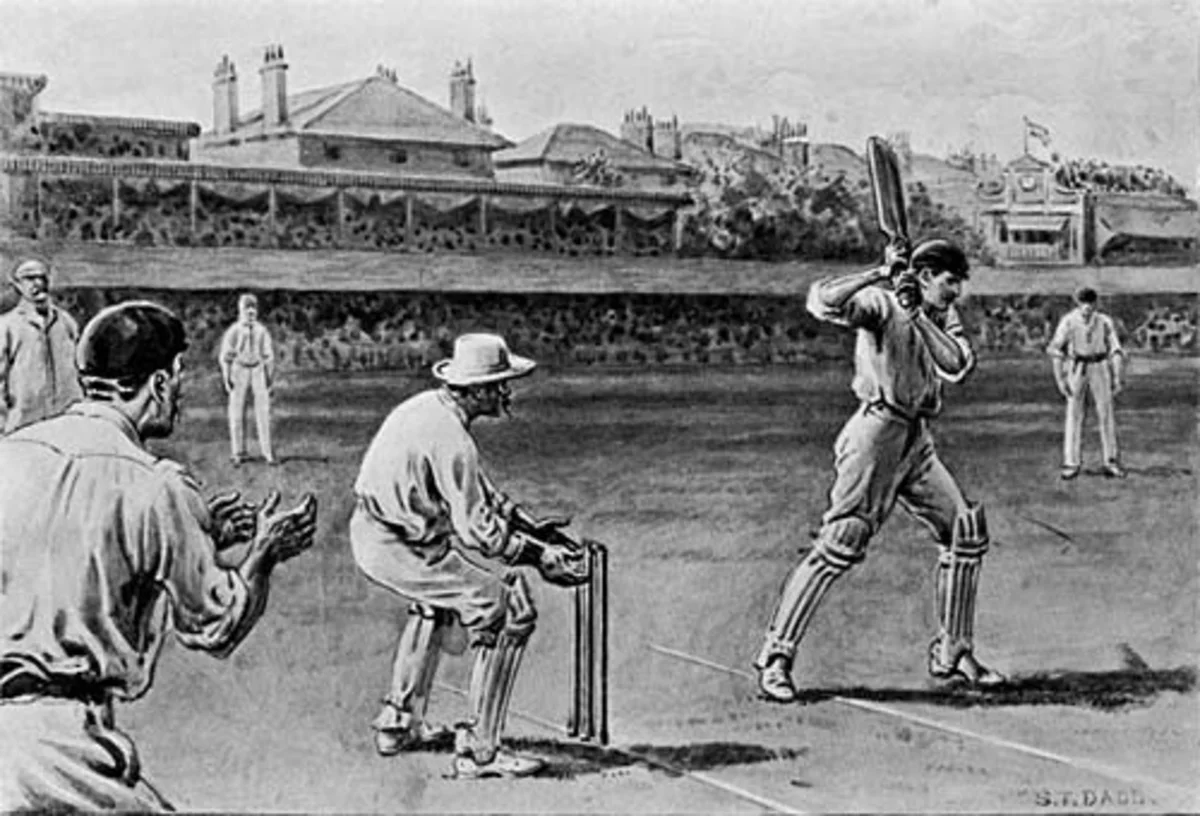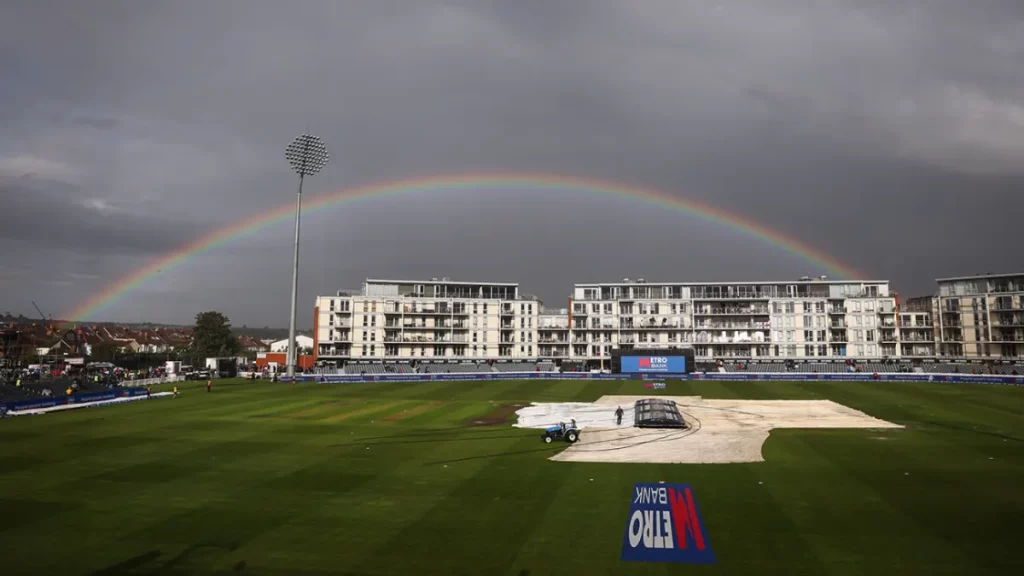Gloucestershire County Cricket Club, steeped in history and tradition, is on the brink of a monumental change.
The club has confirmed its exploration of selling the historic Nevil Road Ground in Bristol, their home since 1889, to move to a new, bespoke stadium outside the city.
This decision marks a significant turning point in the club’s history, reflecting the evolving needs of modern cricket and the challenges faced by the current venue.
The Legacy of Nevil Road Ground

The Nevil Road Ground, a gift to the club by cricketing legend WG Grace, has been a central part of Gloucestershire’s cricketing story for over 130 years.
It has hosted numerous memorable matches, including England men’s and women’s white-ball internationals since the 1999 World Cup.
However, the ground has recently struggled with drainage issues, leading to the abandonment of its last four ODIs, including fixtures in the 2019 World Cup and a recent visit from Ireland.
Financial Strains and Infrastructure Limitations
The club’s decision is also influenced by financial considerations. Gloucestershire reported a loss of £570,000 in the year ending January 31, 2023, a stark contrast to the profit recorded in the previous year.
The central location of the Nevil Road Ground limits opportunities for significant infrastructural overhauls, prompting the club to consider relocation as a viable solution for future sustainability.
A Strategic Move for Future Growth

The proposed relocation of Gloucestershire Cricket Club is not just about addressing current challenges but is also a strategic move towards future growth and competitiveness.
The club is actively negotiating a move to a new site, which is expected to be close to the M4 in South Gloucestershire.
This location promises better accessibility and the potential to build a purpose-designed stadium capable of hosting the highest level of world cricket events, including ICC fixtures.
The Benefits of a New Venue
A new stadium on the outskirts of Bristol would offer several advantages:
- Improved Accessibility: The proposed location near the M4 would make the stadium more accessible to a larger part of the county, enhancing the fan experience and potentially increasing attendance.
- Modern Facilities: The opportunity to build a low-carbon, state-of-the-art sports and leisure arena aligns with the modernization of cricket and the club’s ambition to host a wider range of world-class events.
- Community Engagement: The club remains committed to its role in the community, aiming to inspire the next generation of sportsmen and women and widen participation in cricket.
Supporting the Growth of Cricket in the South West
The relocation plan is not just a local affair but aligns with the broader objectives of cricket’s growth in the South West and across England.
Richard Gould, the ECB’s chief executive, has hailed Gloucestershire’s ambitious plans, recognizing the importance of continued investment at all levels for the sport’s growth in the region.
The development could also tie in with the potential introduction of new teams in the Hundred, including one in the South West, further justifying the rationale for the new stadium.
Conclusion: Embracing Change for a Brighter Future
Gloucestershire Cricket Club’s exploration of a new stadium outside Bristol is a bold step towards securing its future in an ever-changing sporting world.
While the move signifies the end of an era at the historic Nevil Road Ground, it opens a new chapter full of possibilities.
This move is a testament to the club’s commitment to growth, sustainability, and remaining at the forefront of cricket’s evolution.




